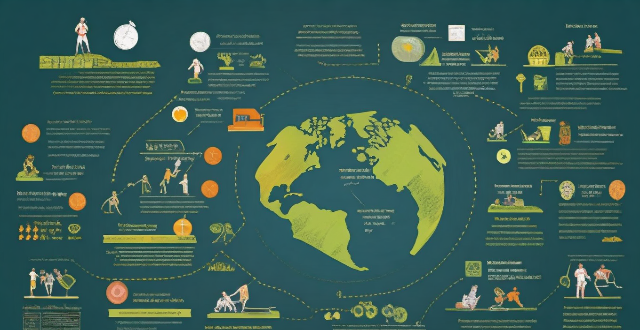The globalization of sports has significantly influenced local traditions and customs related to physical activity. This includes increased exposure to international sports, blending of cultures through sport, economic impact on local sports, changes in lifestyle and health perceptions, and preservation efforts. While globalization has brought about increased exposure and cultural exchange, it has also led to challenges such as declining popularity and resource allocation issues for local sports. Efforts to preserve and revitalize these traditions are essential for maintaining cultural diversity in the realm of physical activity.

Impact of Globalization on Local Sports Traditions and Customs
Globalization has significantly influenced local traditions and customs related to physical activity in various ways. Here are some key impacts:
1. Increased Exposure to International Sports
* Widespread Access to Information: With the advent of global media, people around the world have access to information about international sports like never before. This has led to increased interest and participation in sports that were not traditionally popular in certain regions.
* Shift in Popularity: As a result, some local sports have seen a decline in popularity as more people gravitate towards globally popular sports such as football, basketball, and tennis.
2. Blending of Cultures through Sport
* Cultural Exchange: Athletes from different countries compete at international events, fostering cultural exchange and understanding between nations. This can lead to the adoption of certain practices or customs from other cultures into local traditions.
* Hybrid Sports: In some cases, global influences have merged with local traditions to create new hybrid sports that combine elements of both. For example, Australian rules football is a unique blend of rugby and soccer.
3. Economic Impact on Local Sports
* Commercialization: The globalization of sports has led to increased commercialization, with corporate sponsorships and broadcasting rights generating significant revenue for international sports leagues and events. This can have both positive and negative effects on local sports economies.
* Resource Allocation: In some cases, resources may be diverted away from local sports towards more profitable international ones, potentially leading to a decline in support for traditional activities.
4. Changes in Lifestyle and Health Perceptions
* Global Health Standards: As global health standards become more prevalent, there is often an emphasis on participating in sports that are considered "healthy" or "modern." This can affect how people view their own traditional sports and physical activities.
* Urbanization and Modernization: Urbanization and modernization often accompany globalization, leading to changes in lifestyle that may reduce the time and space available for traditional physical activities.
5. Preservation Efforts
* Revitalization Movements: In response to the potential loss of local traditions, there have been efforts to revitalize and preserve traditional sports and games. These movements aim to keep cultural heritage alive while adapting it to contemporary contexts.
* Education and Community Programs: Educational programs and community initiatives play a crucial role in promoting awareness and participation in local sports traditions, helping to ensure their survival amidst global influences.
In conclusion, the globalization of sports has had a profound impact on local traditions and customs related to physical activity. While it has brought about increased exposure and cultural exchange, it has also led to challenges such as declining popularity and resource allocation issues for local sports. Efforts to preserve and revitalize these traditions are essential for maintaining cultural diversity in the realm of physical activity.